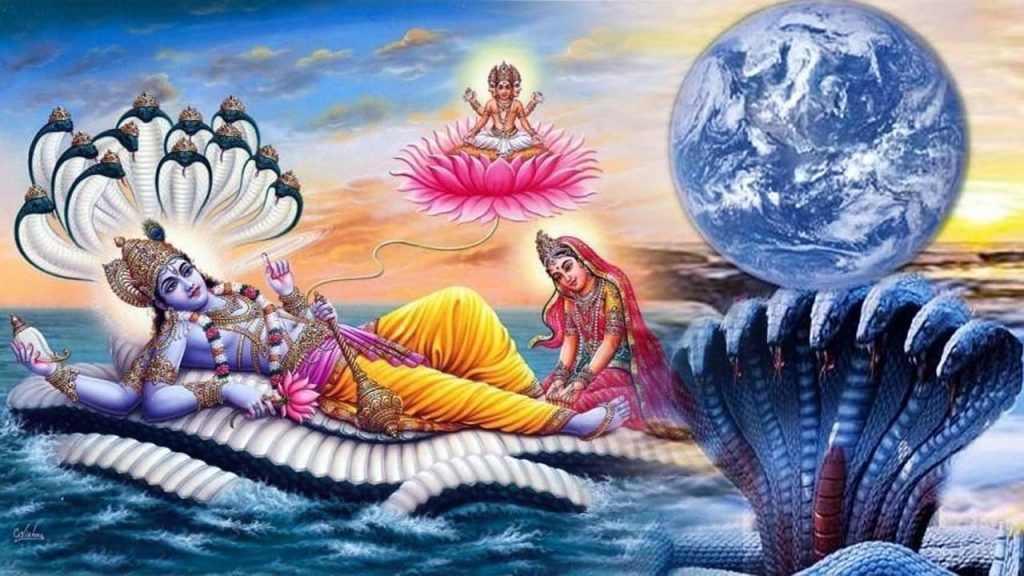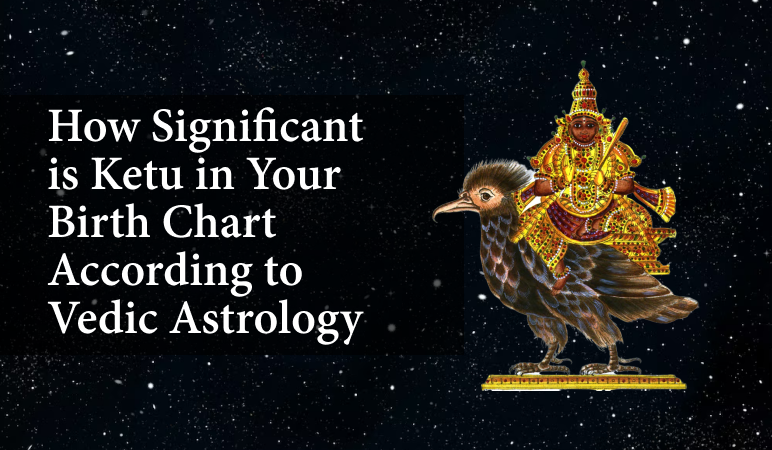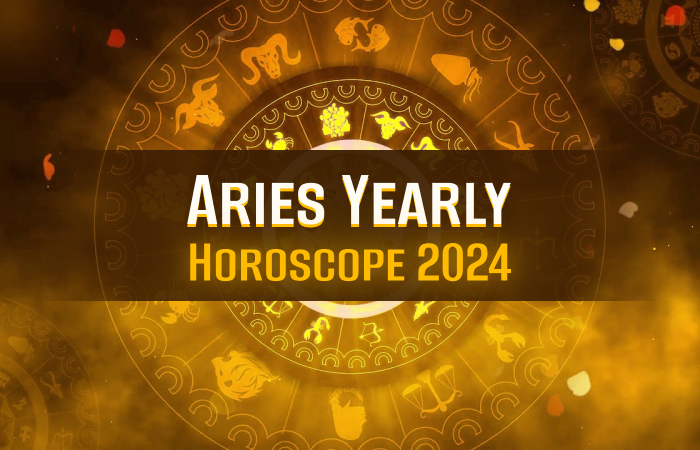Nag Panchami: Origin and Significance of Nag Puja

Nag Panchami or Naag Panchami is one of the unique Hindu festivals celebrated in India, Nepal and by Hindus in many other countries. The festival is dedicated to Nag Devata and devotees offer puja to the entire species of snakes and serpents. Naga Panchami is celebrated in the Lunar month of Shravana also called Sawan, mainly in the English month of July or August. This year in 2023, Naga Panchami falls on August 21, which is just 2 days after Hariyali Teej, which falls on August 19, this year.
The Significance of Nag Panchami
Snakes (Nagas) hold special significance in Hindu scriptures and epics. You will find several stories associated with snakes in Mahabharata, Narada Purana, Skanda Purana, and Ramayana.
We can see Mahadev wearing a Nagraj around his neck while Shri Vishnu rests on a six-headed snake, ‘Sheshnag’ in Kshirsagar along with Mata Lakshmi. Also, according to ancient Hindu scripts, the world is positioned on the head of the Sheshnag. And we all have heard about the story of Vasuki Naag, as it was used to churn the ocean during Samudra Manthan.
There is a story of Kaliya Naag when he had a fierce fight with Shri Krishna in Dwapar Yug at Yamuna River. It is said, that Shri Krishna forgave Kaliya with the promise not to bother people again and also offered him a boon that from that day onwards, he would be worshipped by people. It is also said that, as he saved Gokul Vasis from the poisonous Kaliya, they started celebrating the day every year since then. Even this event took place during the monsoon season.
Therefore, snakes like many other creatures have been associated with Sanatan Hindu Dharma since time immemorial. According to Garuda Purana, worshipping snakes on Nag Panchami brings fortune and prosperity to devotees.
Origin and History of Nag Panchami
Snakes are worshipped across the world by many ancient cultures and civilisations. Snakes are considered among the most powerful and dreadful creatures due to their poisonous nature and venom. Hindus have been observing Naga Panchami or Nag Puja since a time unknown. There are several legends associated with Nag Puja.
It is also believed that the festival to worship Nag Devata started from the time when Takshak, the king of the snakes started hounding Parikshit (grandson of Arjun, son of Abhimanyu and the father of Janamejaya). Janamejaya organised a yajna (called Sarpa Satra) to eliminate the Naga clan after Takshak killed Parikshit, to avenge his father’s killing. But, Rishi Astika intervened and asked him to stop the yajna and not become a destroyer of the Naag clan. He even told him the entire story of why Parikshit was killed by Takshak, which was linked to the killing of snakes and serpents by Pandavas when they destroyed a massive forest area to construct their Kingdom of Indraprastha. Takshak avenged the killings of his ancestors by killing Parikshit. Astika also told him how every creature in the world is important to maintain the balance in nature. So, from that day when the Yajna was stopped was Shukla Paksha Panchmi, now celebrated as Nag Panchami by Hindus across the country.
When is Nag Panchami Celebrated?
Nag Panchami Puja is usually celebrated every year on the Panchami Tithi (fifth day) of the lunar month in the Hindu calendar month of Shravan (Sawan), which is July or August in English calendar months. This year, Naag Panchami will be celebrated on August 21. 2023 across the country.
How to perform Nag Panchami Puja?
Nag Panchami is celebrated in different ways in different parts of the country. In some parts, especially in Eastern India (states of West Bengal, Jharkhand, Odisha, Assam, other North Eastern states and Uttarakhand), snakes are worshipped on Manasa Puja day in the monsoon season (time may vary). In some states of South India, especially Karnataka Nagula Chaivithi is celebrated on the fourth day after Diwali in the Hindu calendar month of Kartik to seek blessings from Naag Devatas and Bhagwan Shiva.
Even the rituals of worshipping on Nag Panchami may differ from region to region and state to state. We will discuss the most common one that is followed by a majority of people.
- People use images, idols or photos of Nag Devata to offer puja.
- In some places, devotees make clay Naag for puja purposes.
- In some states, the Naag Devata idol or Maa Manasa Devi (Goddess of Snakes, who was also the sister of Vasuki and Seshanaag) idol is made for puja purposes.
- If you are doing it in a personal capacity at your home, sprinkle milk and water on the idol or image and then apply Akshat, Kumkum, Haldi, Rice, Roli and Chandan on it.
- Then offer flowers, Naivedhya, and Dhoop.
- People also offer Sweets, Payasham or Kheer made of rice and milk.
- In some places, people also offer milk and fruits.
- In some places, devotees give milk baths to snakes.
- You can take guidance from a Pujari or Pandit for proper Puja Vidhi and mantras.
- However, if you do not know Mantra you can still offer puja with Bhakti Bhav, your devotion is more important.
- In the end, you can ask for forgiveness (offer Kshama Yachana) for any mistake in performing the pooja.
- Finally, bow before the deity and seek his blessings.
What should we not do in Naga Panchami?
- Do not plough fields or dig earth or soil as it can harm/kill snakes.
- Do not cut trees as it may harm/kill serpents hiding/living on trees.
What are the 12 different forms of Naag Devatas?
On the day of Nag Panchami, in many places (especially in many temples dedicated to Naag Devatas) 12 snakes are specially worshipped symbolically to pay respect to the 12 forms of Naag Devata.
The twelve forms of nagas worshipped by Hindus are Ananta, Vasuki, Shesha, Padma, Kambala, Karkotaka, Ashvatra, Dhritarashtra, Shankhapala, Kaaliya, Takshaka and Pingala.
Which are the famous places where Nag Panchami is celebrated in a big way?
In the month of Shravan, which is believed to be the favourite month of Lord Shiva, Nag Devatas are also worshipped with much devotion along with Mahadev. Naga Panchami is celebrated at almost all the Shiva temples across India.
Also, there are many Nag temples dedicated to Nag Devatas in the country. These temples are thronged by devotees throughout the year. This time around, you may also find several real snakes and snake charmers near the temples. The Naag Panchami festival is majorly celebrated among fishermen (Kewat, those who are into fishing), and many tribal communities living in forests.
Battis Shirala in the Sangli district of Maharashtra is famous for its annual Nag Panchami Snake festival. The festival is attended by hundreds of thousands of people. The most interesting fact about this festival is, that devotees here, catch live snakes to worship them and this preparation takes a few days.
Some Important Naag Temples in India
- Mannarasala Temple, Kerala – has more than 30,000 images of Nag deities, and is the largest snake temple in Kerala.
- Nag Vasuki Temple, Prayagraj – Dedicated to the serpent king Vasuki.
- Mahakaleshwar, Ujjain (MP) – A special Nag Puja is organised at the Nagchandreshwar shrine of Mahakaleshwar Temple.
- Manasa Devi Temple, Haridwar.
- Bhujanga Naga Temple, Gujarat.
- Kukke Subrahmanya Temple, Karnataka.
- Sheshanaga Temple, Jammu and Kashmir.
- Naganath Swamy Temple, Tamil Nadu.
- Agasanahalli Nagappa, Davangere, Karnataka.
- Ghati Subramanya Swamy Temple, Doddaballapura, Karnataka.
To know more about Naag Panchami Puja Vidhi and astrological remedies for Naag Dosha (Sarpa Dosha), you can consult our astrologers here.









